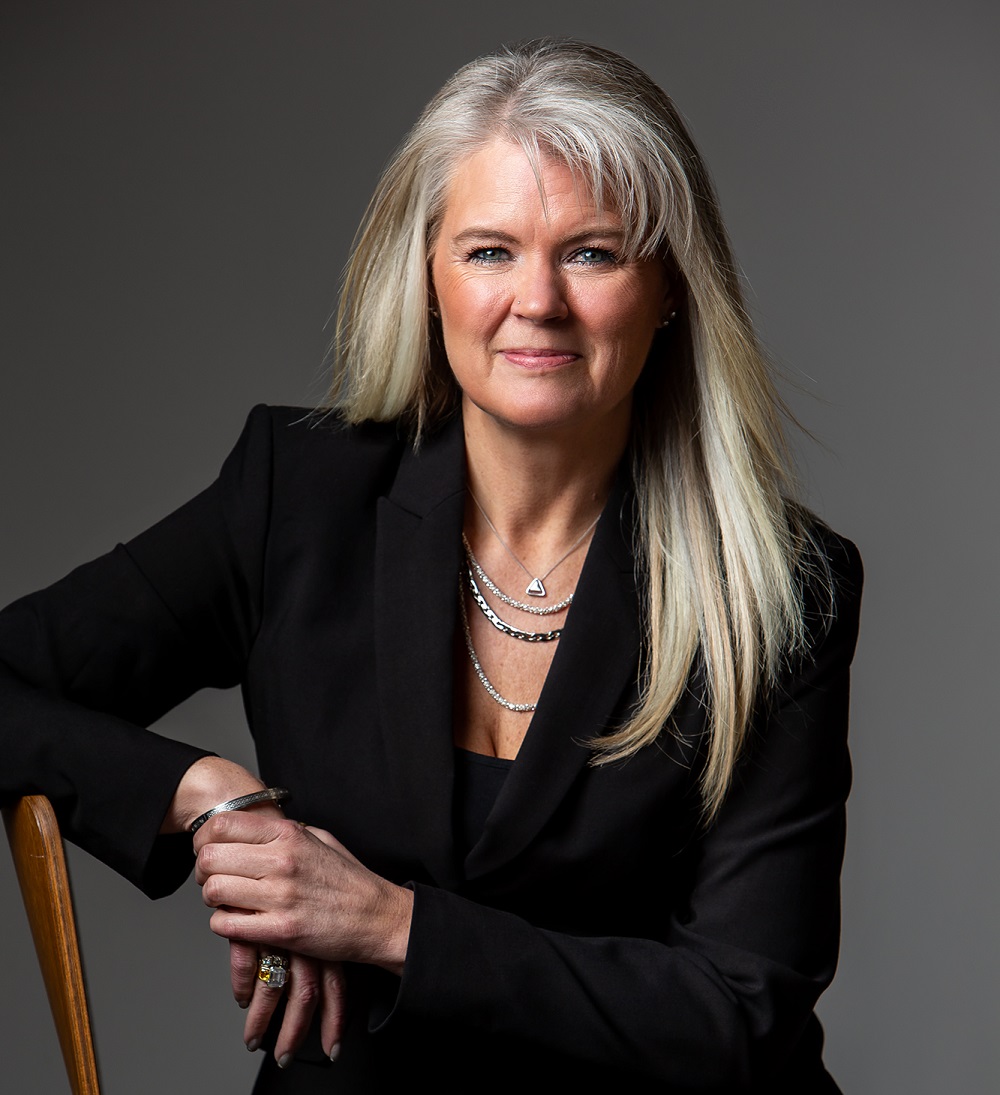Canada’s net-zero 2050 target is driving innovation in the aviation industry, but more federal government support — subsidies, tax breaks and other incentives — is needed for the $27 billion industry to meet this ambitious goal. Reinstating the capital expenditures component of the Scientific Research and Experimental Development (SR&ED) tax claim for advanced manufacturing would be a good place to start.

The aviation and aerospace industry is responsible for between two and four per cent of GHG emissions worldwide, depending on differing calculations. While this is less than vehicle transportation or fossil fuel production, the aviation industry is a very visible industry. That’s why our industry has been mobilized and focused on this issue since 2009, just before the COP in Copenhagen.
Contrary to popular belief, the level of understanding and literacy in terms of ESG (environmental, social, governance) sustainability is far more advanced in the industry than one would expect. In fact, it is becoming mandatory.
The International Sustainability Standards Board (ISSB) has now published their S1 and S2 standards and it is anticipated that Canada will adopt these very soon. Both the SEC Securities Exchange Commission, and the U.S. government are working on their ESG disclosures as well. There is also the Corporate Sustainability Reporting Directive (CSRD) in Europe which will take between one to three years to implement.
Essentially ESG reporting in the aerospace and aviation industry will not be voluntary anymore.
The international aerospace and aviation industry, including in Canada, is committed to get to net zero by 2050. This means that all the aircraft manufacturers, engine manufacturers, airlines or airports and navigation services have a roadmap, not the least of which is sustainable aviation fuel. The industry expects sustainability efforts will accelerate and actually become an engine for growth as both customers and financiers demand progress on the ESG front.
But building capital manufacturing facilities is not cheap, and the SR&ED tax claim reinstatement would spur innovation even further.
The federal government also has a more hands-on role to play in the aerospace and aviation industry through the Canadian military. While not eligible directly for SR&ED claims, Canadian suppliers and defence contractors are eligible.
The Defence Energy and Environment Strategy 2020-2023 lays out four priority areas: energy efficiency; reduced climate change risks; sustainable property; and green procurement. The major initiative that impacts the Royal Canadian Air Force (RCAF) is to create a sustainable aviation fuel supply chain in Canada. This is big work, the first step of which is to develop a supportive strategy for aviation fuels that helps Canada meet its 2050 net zero goal.
There are significant considerations that make this goal more complex. Any sustainable aviation fuel must meet military standards and be affordable. Blends of sustainable fuels may be considered as well, as long as they again meet requirements, especially those of our allies in NATO.
As a first step, the military will modernize its fuel tracking system to better track fuel and fuel use across its operations. The Air Force also supports Natural Resources Canada’s (NRCan) Sky’s the Limit challenge, to see if a sustainable aviation fuel supply could be developed that uses existing fuel infrastructure without any equipment modifications.
All of these goals need contractors to assist, and these contractors need more fulsome SR&ED tax claims.
The federal government has a significant role to play in helping the aerospace and aviation industry meet the 2050 targets. The announcement this summer of a $350 million investment to support Canada’s new Initiative for Sustainable Aviation Technology (INSAT) in Canada will help to support the green transformation of our industry.
Capital expenditure tax claims like SR&ED may sound boring to anyone but accountants, but they could make the difference between an advanced manufacturing facility in aviation being built in Canada or not. Since 2014, only capital expenditures for the acquisition of depreciable property are eligible for a SR&ED claim for advanced manufacturing, which cuts out claims for manufacturing facilities.
Reinstating what we had once just makes sense, especially in the race to 2050.
***
About the author:

Kimberley Van Vliet is Founder and CEO of WaVv and ConvergX®, as well as a member of the Canadian delegation to the NATO Industrial Advisory Group (NIAG). She is also a Governor General’s Canadian Leadership Conference 2022 Alumni.




